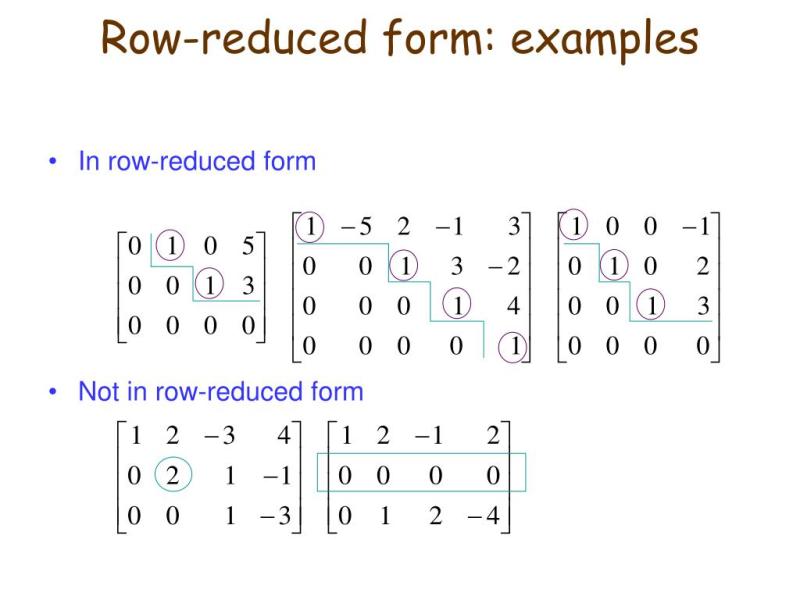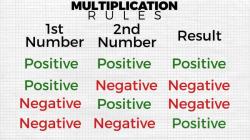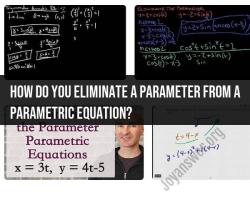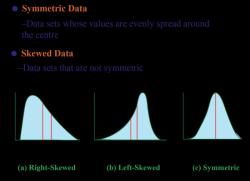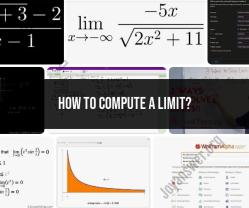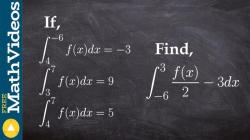What is a row reduced form?
In linear algebra, the row-reduced form (also known as row echelon form) is a specific form that a matrix can be transformed into through a series of elementary row operations. The row-reduced form simplifies the structure of the matrix and makes it easier to analyze and solve linear systems.
A matrix is said to be in row-reduced form if it satisfies the following conditions:
Leading Entry (Leading 1) Criterion:
- In each row, the leftmost nonzero entry is 1 (called the leading 1).
Zero Rows:
- Any row containing only zeros is at the bottom.
Leading 1's Column:
- The column containing the leading 1 in a non-zero row has all other entries equal to zero.
Row Order:
- Rows with all zero entries, if any, are at the bottom.
Mathematically, if A is a matrix, it is in row-reduced form if:
- If there is a row where all entries are zero, then this row is at the bottom.
- In any nonzero row, the leftmost nonzero entry is 1, and the column that contains this 1 has all other entries equal to zero.
- The leading 1 in the second row, if it exists, is to the right of the leading 1 in the first row.
- The leading 1 in the third row, if it exists, is to the right of the leading 1 in the second row, and so on.
The process of transforming a matrix into row-reduced form involves elementary row operations, which include:
- Interchanging two rows.
- Multiplying a row by a nonzero scalar.
- Adding or subtracting a multiple of one row from another row.
The row-reduced form is particularly useful in solving systems of linear equations and finding the rank of a matrix. It simplifies the process of performing Gaussian elimination and helps in identifying important properties of the system or matrix.
What does it mean for a matrix to be in row reduced form?
A matrix is in row reduced form (RREF) if it satisfies two key conditions:
- Each row has a leading 1 (sometimes called a pivot) as the leftmost non-zero entry, and all other entries in that column are 0. Imagine scanning each row from left to right. The first non-zero entry you encounter should be a 1, and the rest of the column should be filled with 0s. This makes it easy to isolate variables and solve systems of linear equations.
- For any two rows i and j where i < j, the leading 1 in row j appears to the right of the leading 1 in row i. Think of a staircase pattern. The leading 1s should form a staircase going down and to the right. This ensures that each variable depends only on the variables to its left, simplifying calculations.
Here's an example of a matrix in RREF:
[1 0 0 2]
[0 1 0 -3]
[0 0 1 1]
- Each row has a leading 1 as the leftmost non-zero entry.
- The leading 1 in the second row is to the right of the leading 1 in the first row.
- The leading 1 in the third row is to the right of the leading 1s in both the first and second rows.
RREF is a crucial concept in linear algebra, particularly for solving systems of linear equations using Gaussian elimination. By manipulating a matrix into RREF, we can easily identify unique solutions, inconsistent systems, or dependent equations.
Here are some additional points to remember about RREF:
- There may be some rows with only zeros. These rows represent redundant equations and don't affect the solution space.
- RREF is not unique. Different sequences of elementary row operations can lead to the same RREF for the same matrix. However, the solution space of the system remains the same regardless of the specific RREF obtained.
I hope this explanation, along with the visual example, helps clarify what it means for a matrix to be in row reduced form!
